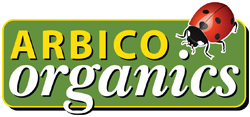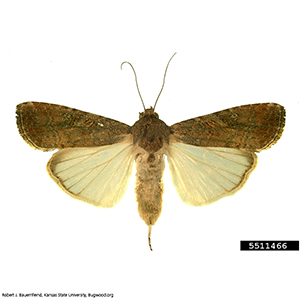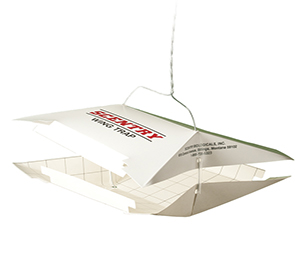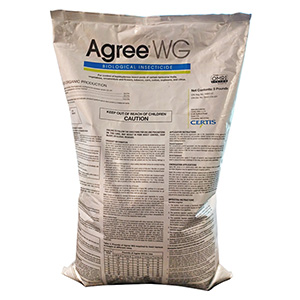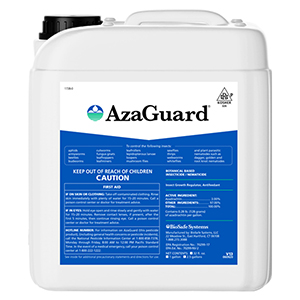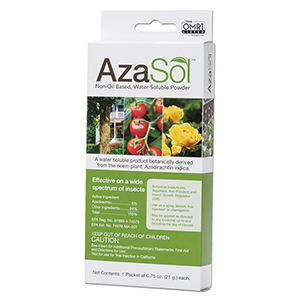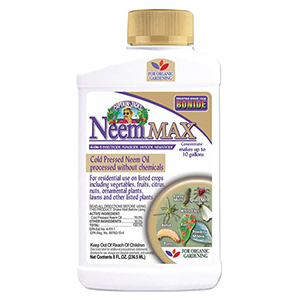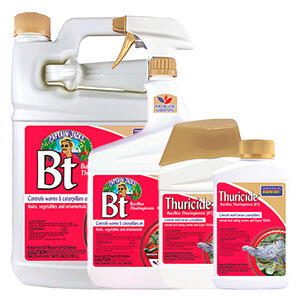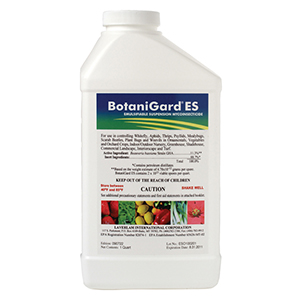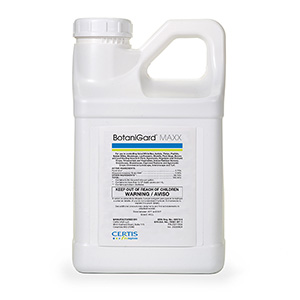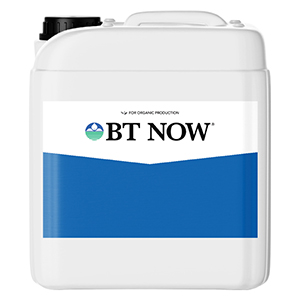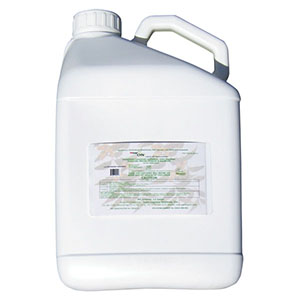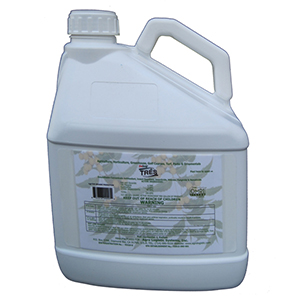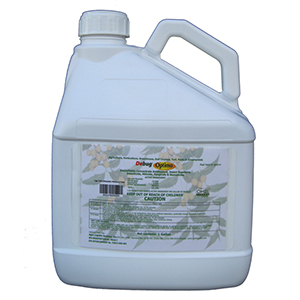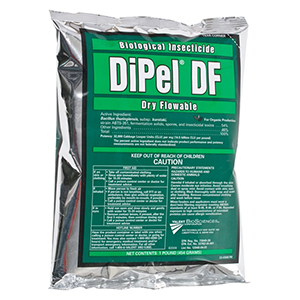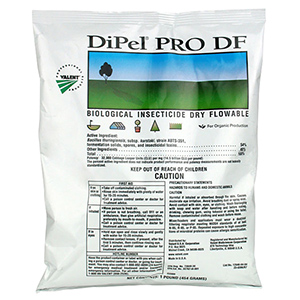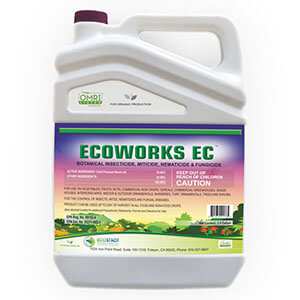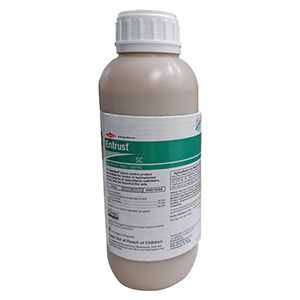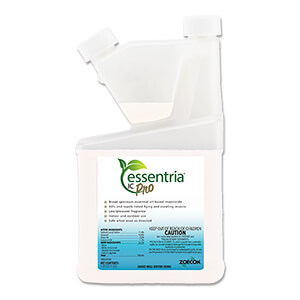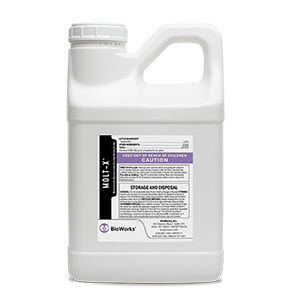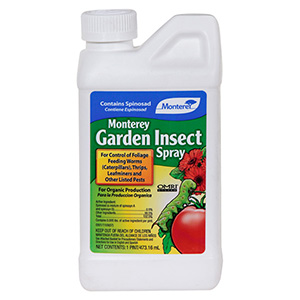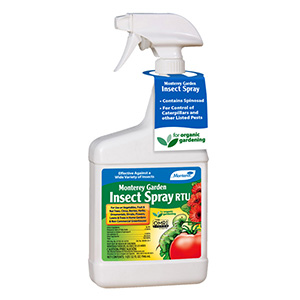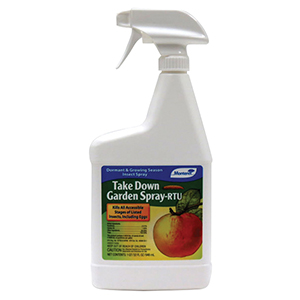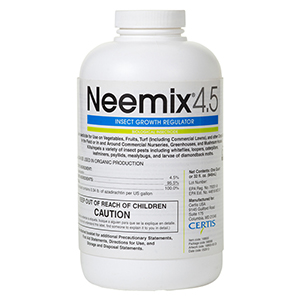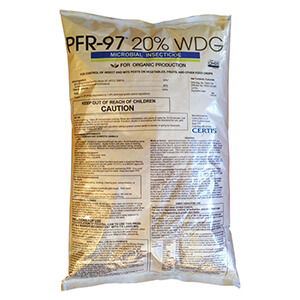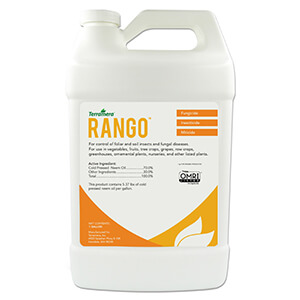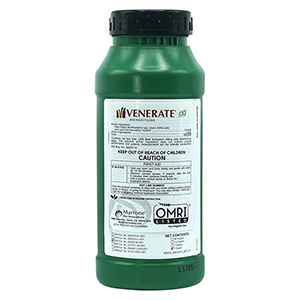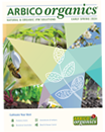Fall Armyworm
Spodoptera frugiperda
The fall armyworm feeds primarily on corn but will also feed on cotton, alfalfa, clover, peanuts, grasses, tobacco, and many garden crops. Larval feeding causes extensive damage to leaves, tassels and ears of corn. Identification can be done with adults or larvae. Adult moths have dark gray forewings mottled with light and dark spots and grayish-white hind wings. Larvae start green and range from light tan to nearly black as they mature. They also have three noticeable yellow-white lines down their backs. The tell-tale mark of fall armyworms is the inverted y-shape between their eyes.
Controlling Fall Armyworms: Control with pesticide sprays may not be economical in some areas or crops. In commercial growing, control should be considered when egg masses are present on 5% of plants or when 25% of plants show damage symptoms. (Bessin, University of Kentucky, Fall Armyworm in Corn)
- Monitor growing areas with close attention paid to late-planted fields or areas with a history of fall armyworm damage.
- Once control is necessary, apply Btk (DiPel, Thuricide) directly to areas where damage has occurred.
- Venerate XC also shows positive results when used to control armyworms in commercial settings.
Pest Note: Late planting can leave all Bt corn hybrids susceptible to fall armyworm damage.
-
$18.99–$34.00
-
$6.50–$40.00
-
$107.16
-
$275.00–$2,495.00
-
$19.99–$1,297.00
-
$13.99–$20.99
-
$10.97–$41.48
-
$110.00–$1,296.00
-
$115.00–$1,314.00
-
$79.99–$170.00
-
$125.00–$225.00
-
$750.00–$2,700.00
-
$260.00–$936.00
-
$24.75–$119.50
-
$22.95
-
$302.00
-
-
$40.99–$129.99
-
$350.00–$975.00
-
$15.99–$124.49
-
-
$12.99–$129.99
-
$270.00
-
$280.00
-
$34.95–$395.98
-
$58.00–$260.00
